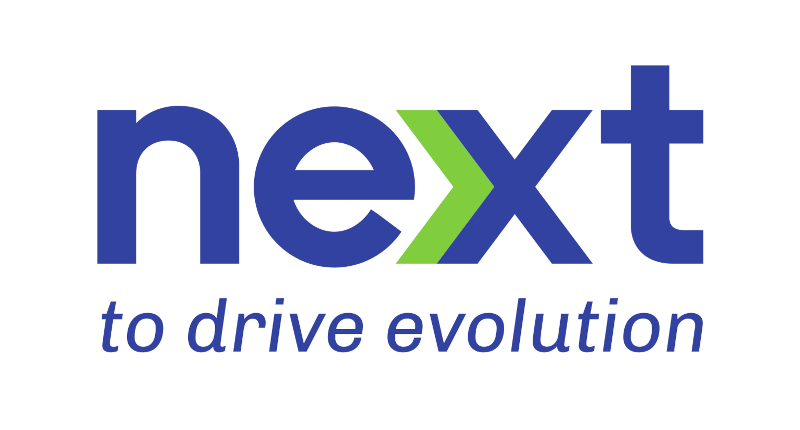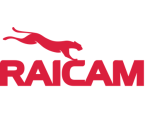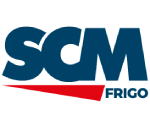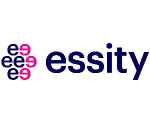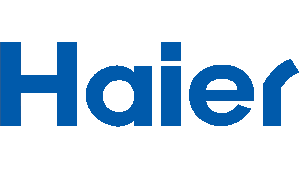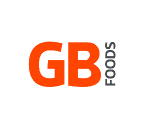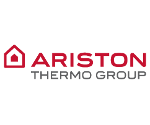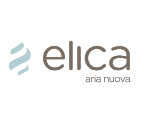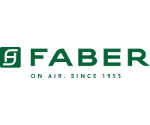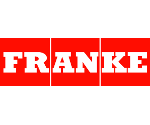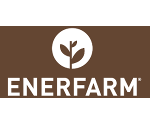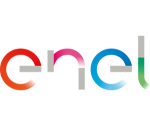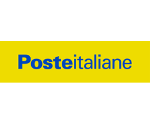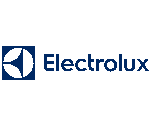Case Study
IMPROVE 4.0 in Fashion
– CASE STUDY DESCRIPTION
Fashion is a particular sector or at least that is how it is perceived by those who belong to it.
In reality, every sector has its own peculiarities: the challenge is to be able to find the most suitable modus operandi to bring the opportunities provided by the Smart Factory everywhere.
The needs in this sector can be summarized in these 4 macro-items:
- item traceability
- efficiency monitoring (OEE, OPE)
- quality control
- logistics management
- last but not least, user-friendly graphic interfaces aligned with the corporate image
Advantages
Production planning for Manufacturing is crucial to guarantee efficiency, a high level of quality control and business operations.
Thanks to the implementation of IMPROVE 4.0 , companies are able to adapt themselves easily to market’s variable needs and to support business development by apporting remarkable benefits as:
- MINIMIZING WASTE is guaranteed by the analysis of processes to identify inefficiencies, surplus of materials or time and not necessary operations too
- INCREASING IN OPERATIONAL EFFICIENCY thanks to planning optimisation, allocation of resources and processes management
- DECREASING IN COSTS by optimising resources and time to be committed (machines and labour)
- REDUCTION OF HUMAN ERRORS with consequent increase in efficiency through automatisation and complete visibility of the entire manufacturing process (production orders, materials and resources to be committed and time to market)
- MORE CONTROL OVER QUALITY thanks to activities planning and monitoring with acquisition of data for analysing and drafting reports to facilitate decisions
- MORE VISIBILITY can permit to monitor and check manufacturing process better by reducing the risk of errors and optimising operations
Partial goals
Import the production order from ERP
Production planning
Procurement of raw materials
INBOUND acceptance and transfer
Process monitoring and traceability of items and/or semi-finished products
Calculation of process KPIs (OEE, OPE)
Monitoring of third parties
Quality control
Storage of finished product
Shipping OUTBOUND phase
Fill out the form below to request the complete report about the fashion sector case study.
